Intermediates
Gallantry and accessories
Blog Piekiełka
Aquamarine - a precious stone in the color of sea water

According to legend, aquamarine comes from the depths of the sea. It was given to sailors by one of the mermaids to protect them in their sea voyages. The name aquamarine is derived from Latin, aqua marina meaning "sea water," and has to do with the stone's light blue to blue-green color. In Europe, this term for a variety of beryl has been in use since the Renaissance.
The earliest description of the mineral dates back to 1609, and was written about in his work "Gemmarum et Lapidum" by Flemish chemist and mineralogist Anselmus de Boodt. In a free translation into Polish: "The precious stone beryl is greenish blue like the color of water in the sea. Italians call this color aquamarine." Not surprisingly, in ancient times aquamarine was used as an amulet by sailors to protect them from the whims of Poseidon on the high seas.
On the other side of the world, in ancient China, aquamarine was prized above all for its extraordinary transparency. Faintly tinted blue or green, the minerals were successfully used to make lenses on a par with mountain crystal.
As a symbol of power over the maritime skies, a large aquamarine crystal (920 carats) adorned the crown of the kings of Great Britain, a leading maritime power, in the 17th century. Despite the passage of centuries, the aquamarine in the crown still remains a symbol of royalty.
Properties of aquamarine
Aquamarine is a blue variety of beryl, and chemically belongs to the ring silicate group and has the chemical composition Be3Al2[Si6O18]. It crystallizes in a hexagonal crystal system and forms long- and short-prismatic crystals. Crystal clusters can be massive, granular, columnar or radial.
Aquamarine shows indistinct flakiness, the breakage is sometimes shell-like, often uneven. The transparency of the precious mineral ranges from full transparency to translucence with a glassy sheen. The classification of aquamarine in the group of precious stones means that its hardness on the 10-point Mohs scale is higher than 7. The hardness of aquamarine is 7.5 to 8, with a stone density of 2.63 to 2.91 g/cm³.
Aquamarine is found in Brazil, the USA, Russia, Madagascar, as well as South Africa, Australia and Argentina. In Poland it has been found in the Karkonosze Mountains.
Aquamarine color
The color of aquamarine is blue, with shades ranging from light blue through medium to bluish green and to "pale sea green." The color of the mineral can also transition to celadon green, sky blue, water blue or intense azure. To distinguish aquamarine from other beryls, it is sometimes called blue beryl.
The coloring agent of aquamarine is divalent iron, which can contribute up to two percent to the overall composition of the blue mineral. The exception to the cause of aquamarine coloring is a mineral from the Maxixe deposits discovered in 1917 in Brazil. Aquamarine from Maxixe has a deep, dark blue color that was created by radioactive radiation. This color, however, is not permanent; the crystals lose it after some time and become light yellow.
As a rule, the color of aquamarine is evenly distributed; any irregularities, minor disturbances in green and yellow as well as pale shades of blue can be corrected by so-called firing. The temperature to which the stones are heated is determined individually; aquamarine color correction is achieved at 400°C. For this type of processing, yellow and green beryls are usually taken, which transform into aquamarine under the influence of heat. The high temperature causes the reduction of trivalent iron to divalent iron, which gives the mineral a blue color.
Crystal clear aquamarine is considered the ideal of this mineral. As a result of some imperfection in the crystal lattice, many aquamarines show microscopic inclusions - long tubules that may be either hollow or filled with a solution that gives the crystals their color, and sometimes droplets of liquid arranged in a star pattern.
Importance and uses of aquamarine
Aquamarine is one of the most desirable minerals and at the same time, along with tanzanite, sapphire, ruby and emerald among the most expensive colored gemstones in the world. Particularly prized are stones from Nigeria: light blue with a slight tinge of green.
Aquamarine is among the classic gemstones that have been used for centuries in jewelry making. In some countries, sky-blue aquamarine stones are associated with the 19th wedding anniversary. Aquamarine jewelry had a special heyday during the art déco era in the early 20th century. Lavishly designed cocktail rings feature colorful, top-quality gemstones in geometric forms. Aquamarine can have emerald cut, cushion cut and other facet cuts, such as baguette or octagon cut. These emphasize the purity and color of the aquamarine. Exemplars of the less perfect stone, on the other hand, receive a smooth cabochon cut.
Another type of style presents aquamarine as a raw stone. In this case, the stones used for jewelry are neither cut nor polished. Often they are drilled with holes for attaching to chains, or the stones are attached to rings and earrings using holders. In addition to white diamonds, blue gemstones such as sapphire, topaz or just aquamarine are particularly popular in the form of an engagement ring, as blue symbolizes fidelity and loyalty.
Aquamarine as a protective and healing stone
The gemstone aquamarine has been attributed various properties for centuries, which scientific research does not confirm. Nevertheless, the mineral's effects on humans are said to be both psychological and physical, and to have a positive effect on the body. Aquamarine ranks among the most important healing stones. In addition, thanks to its beautiful color, it is readily worn in the form of jewelry. As in ancient times, it still holds great significance today:
- aquamarine is a stone of joy - the Arabs believe that it brings harmonious balance to man;
- for the Greeks, aquamarine was a symbol of purity, happiness and love;
- helps to avoid false friends, changing its color from light to dark in their presence; helps to distinguish truth from falsehood;
- sailors are supposed to be protected by aquamarine from seasickness;
- aquamarine is a balm for wounds of the soul, strengthens the power of self-healing, stimulates action and provides peace of mind;
- the stone gives perseverance to finish what has been started.
Aquamarine's effect on the body is also very comprehensive:
- strengthens eyesight;
- improves concentration;
- positively affects the thyroid gland and regulates hormonal balance;
- helps with colds, sore throats and bronchitis;
- strengthens bones and delays signs of aging;
- supports the immune system;
- soothes skin irritations;
- helps with asthma.
Aquamarine and zodiac signs
For zodiac signs associated with the element of water - Cancer, Pisces, Scorpio - the marine mineral will be a help, giving confidence and calm in difficult times. The aquamarine crystal may be of particular importance to impulsive Scorpios, helping them to balance their emotional state and increase their resilience.
Fish will have in aquamarine a faithful companion in difficult life situations. The stone will add to their self-esteem and ability to defend themselves in conflict issues.
The largest aquamarine in the world
Aquamarine is a relatively common variety of beryl found on all continents. Like all beryls, aquamarine is often found in the form of well-developed crystals and of considerable size. Among the largest crystals ever found is a greenish-blue, flawless aquamarine discovered in 1910 in Brazil weighing 110.5 kilograms (520,000 carats). Even larger and heavier was an aquamarine found in 1992 also in a Brazilian mine: it was one meter long and weighed about 400 kg.
Aquamarine - rings
-
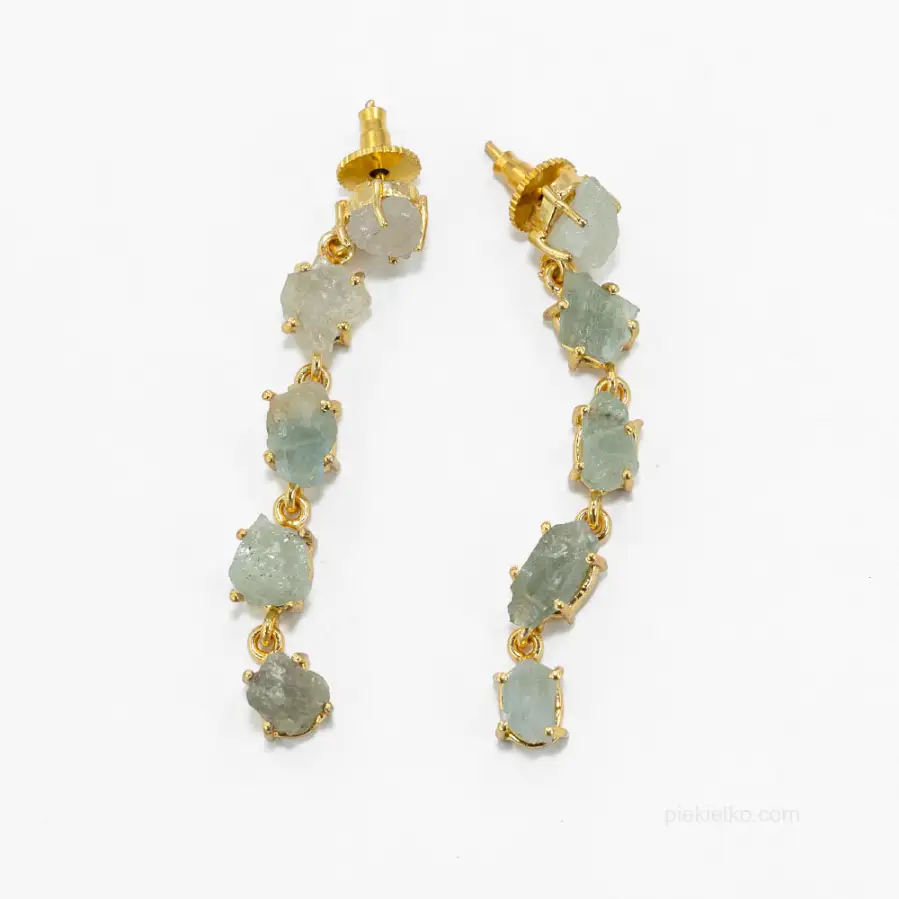
Light Indian Earrings with Aquamarine
160,00156,80 -
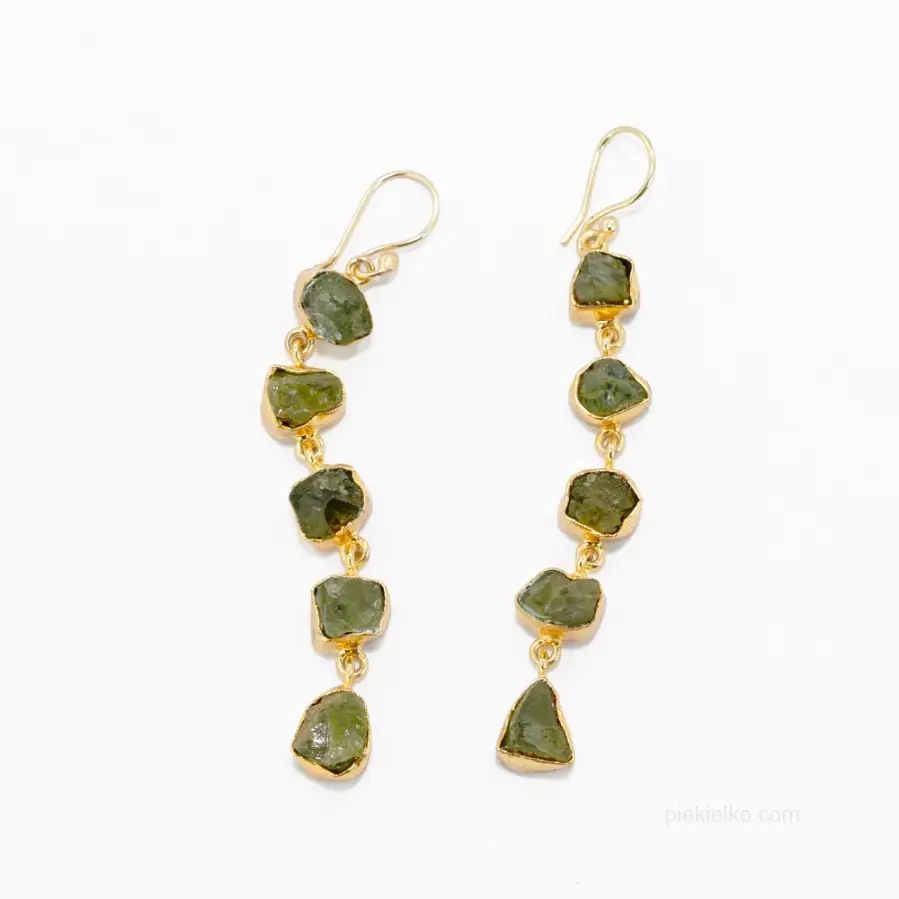
Indian gold-plated earrings with aquamarine
190,00186,20 -
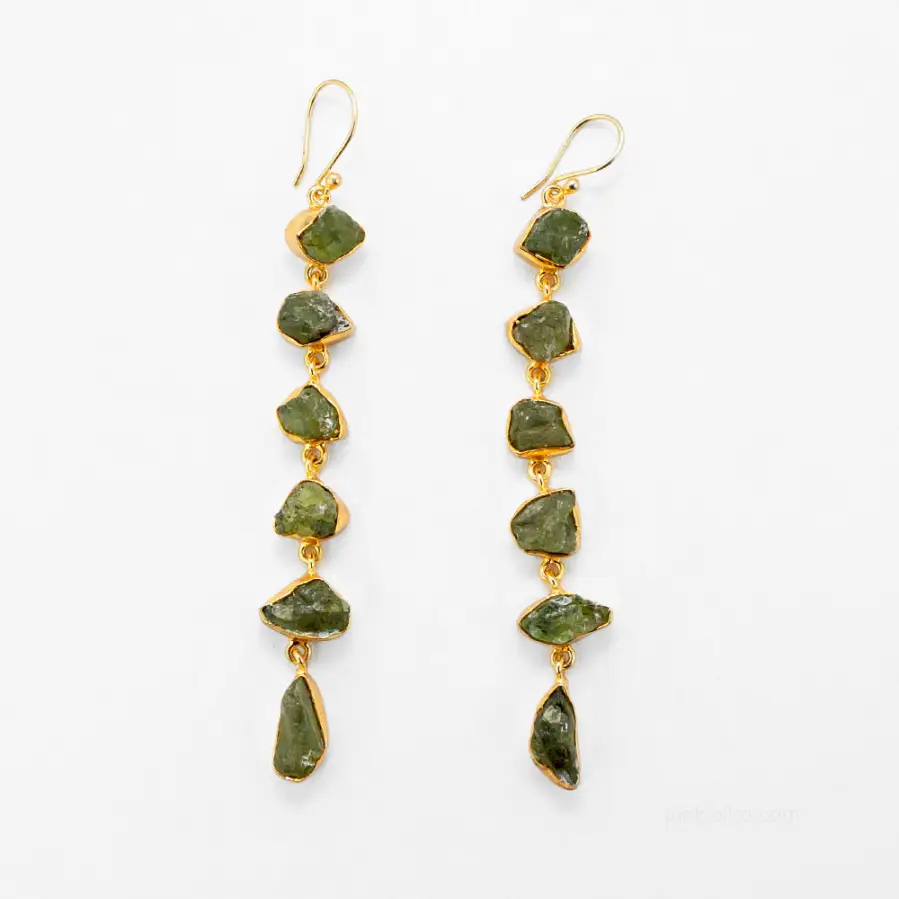
Long gold-plated earrings with aquamarine
210,00205,80 -
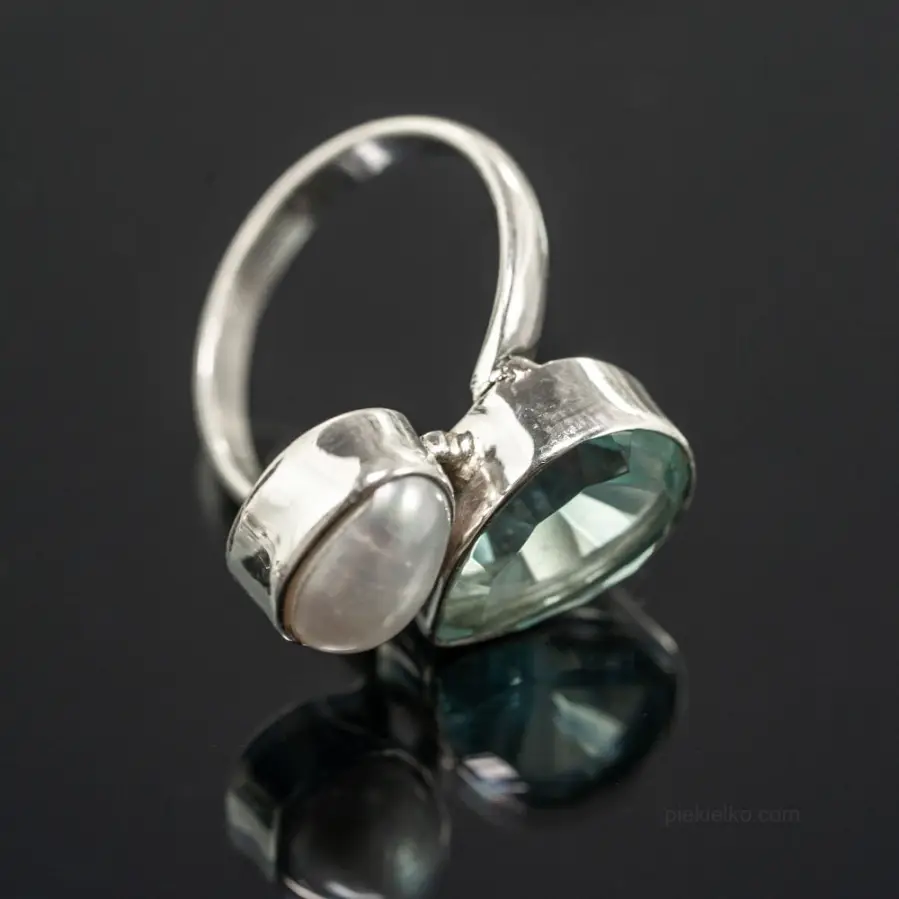
Mermaid's pearl tear - silver ring
340,00333,20 -
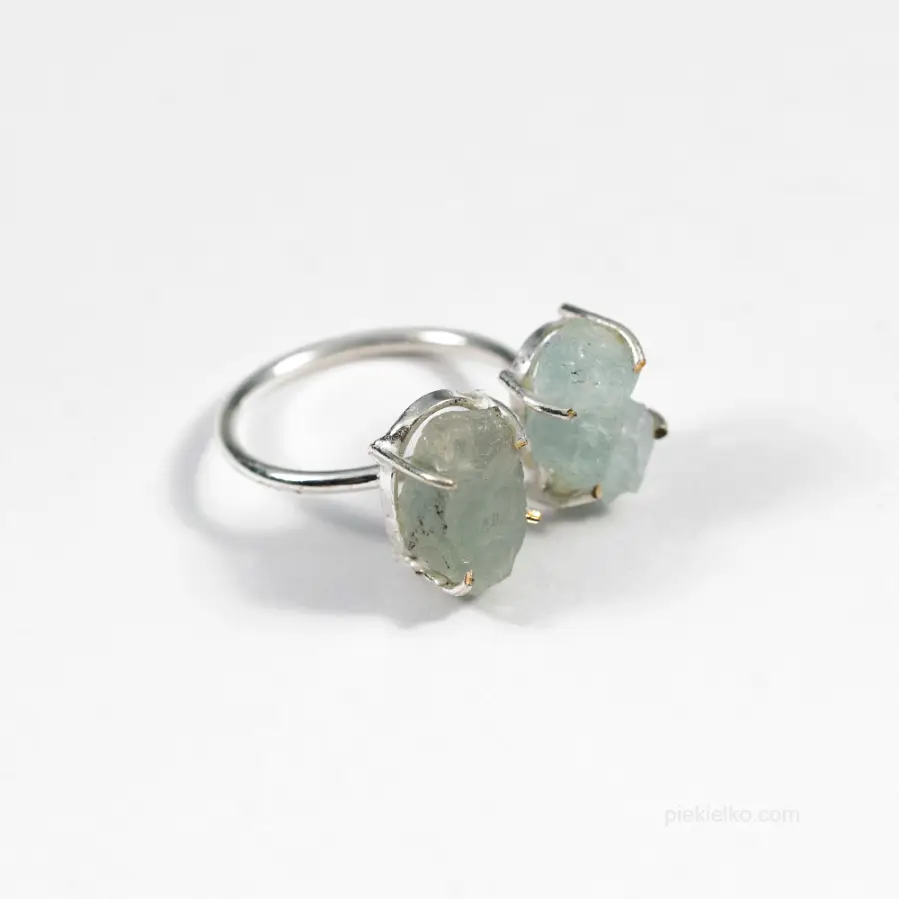
A tiny ring with aquamarine
159,0093,49 -
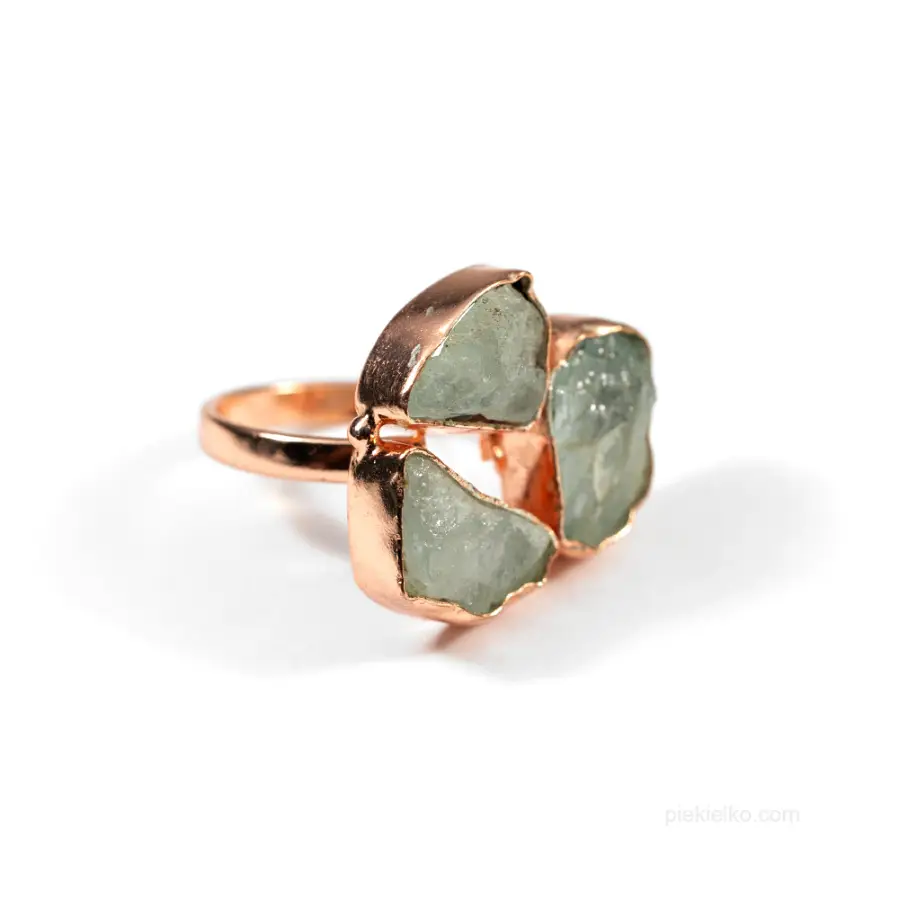
Gold-plated ring with aquamarine
220,00129,36 -
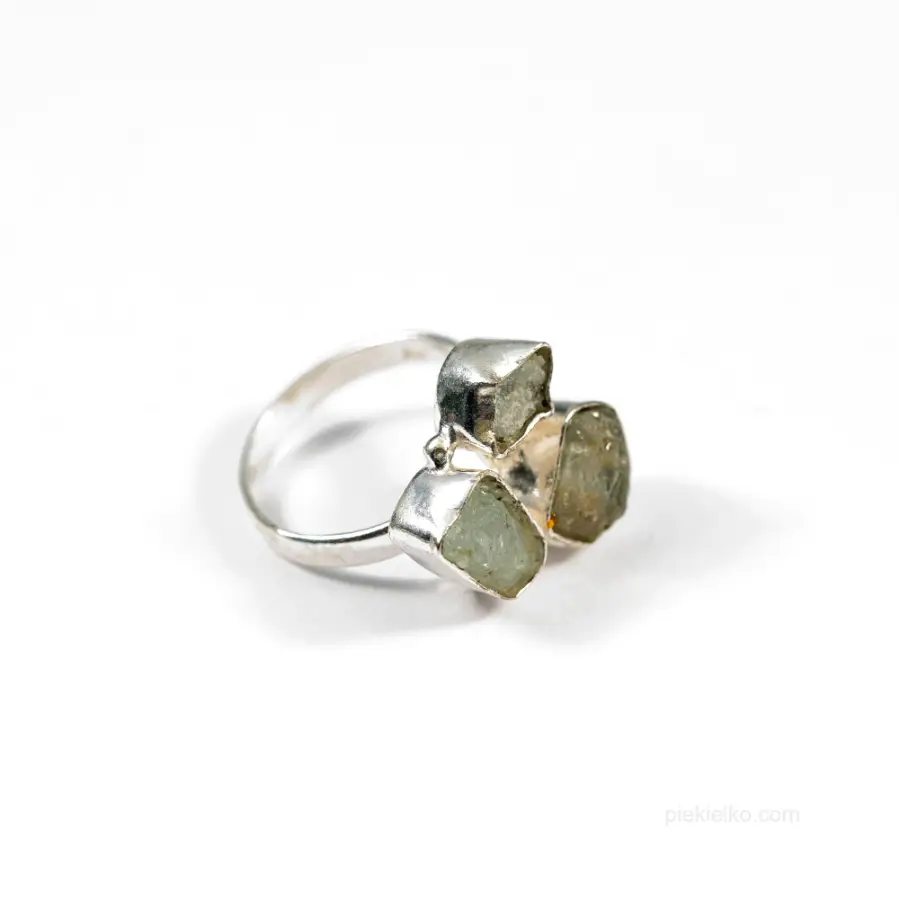
Silver-plated ring with aquamarine
175,00102,90 -

Ring in pink gold with aquamarine
175,00102,90



© Piekielko.com

